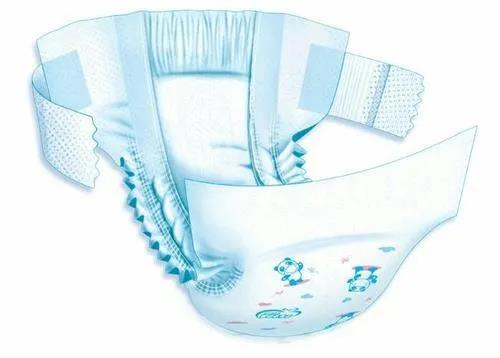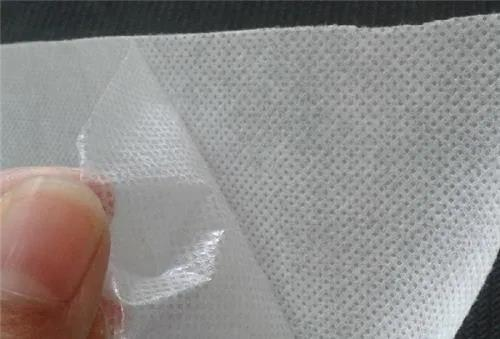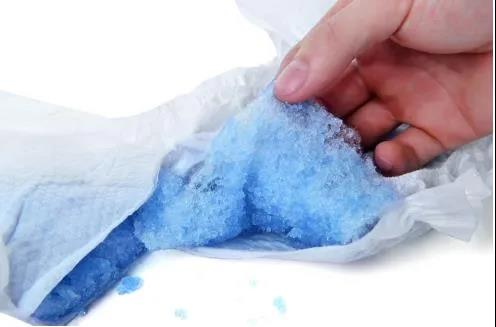Due to various reasons, the chemical industry chain has skyrocketed, and the prices of dozens of chemical raw materials have soared. The sanitary products industry still bears the brunt this year and is directly affected.
Many suppliers of raw and auxiliary materials (including polymers, spandex, non-woven fabrics, etc.) in the hygiene industry have announced price increases. The main reason for the increase is the shortage of upstream raw materials or the continuous increase in prices. Some even said that before placing an order Need to re-negotiate.
Many people have speculated: The upstream prices have risen, will the price increase letter from the finished product manufacturer be far behind?
There is some truth to this speculation. Think about the structure and raw materials of diapers, sanitary napkins, and wet wipes.
Wet wipes are mainly non-woven fabrics, while diapers and sanitary napkins generally have three major components: surface layer, absorbent layer, and bottom layer. These major structures involve some chemical raw materials.

1. surface layer: non-woven fabric price increase
Non-woven fabric is not only the surface material of diapers and sanitary napkins, but also the main material of wet wipes. Non-woven fabrics used in disposable sanitary products are made of chemical fibers including polyester, polyamide, polytetrafluoroethylene, polypropylene, carbon fiber, and glass fiber. It is reported that these chemical materials are also rising in price, so the price of non-woven fabrics will definitely rise with its upstream, and for the same reason, the finished products of disposable sanitary products will also rise.

2. Absorbing layer: the price of absorbent material SAP increases
SAP is the main material composition of the absorbent layer of diapers and sanitary napkins. Macromolecular water-absorbing resin is a polymer with water-absorbing properties that is polymerized by hydrophilic monomers. The most common and cheapest such monomer is acrylic acid, and the propylene is derived from the cracking of petroleum. The price of petroleum has risen, and the price of acrylic acid Following the rise, SAP will naturally rise.

3. Bottom layer: price increase of raw material polyethylene
The bottom layer of diapers and sanitary napkins is a composite film, which is composed of a breathable bottom film and a non-woven fabric. It is reported that the breathable bottom film is a plastic film produced from polyethylene. (PE, one of the main types of plastic, is synthesized from polyethylene Polymer materials.) And ethylene, as the most commonly used petrochemical product, is mainly used to make plastic raw material polyethylene. Crude oil is showing an upward trend, and the cost of breathable membranes using polyethylene as a raw material may rise as the price of polyethylene rises.

The rise in the price of raw materials will inevitably put pressure on the cost of finished products manufacturers. Under this pressure, there are nothing more than two results:
One is that finished product manufacturers reduce the purchase of raw materials in order to reduce pressure, which reduces the production capacity of diapers;
The other is that finished product manufacturers share the pressure on agents, retailers and consumers.
In either case, price increases at the retail end seem inevitable.
Of course, the above is just a guess. Some people think that this wave of price increases is not sustainable, and the terminal still has inventory to support, and the price increase of finished products may not come. At present, no finished product manufacturers have issued price increase notices.
Post time: Apr-07-2021
